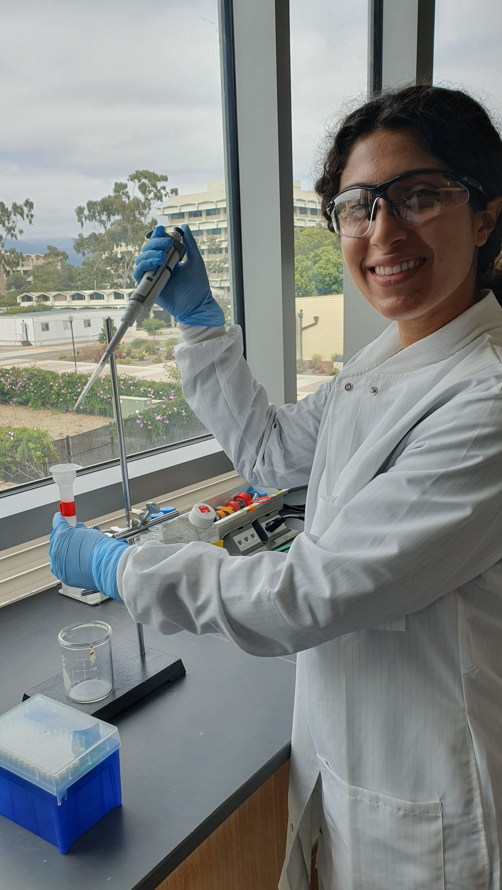
Musculoskeletal tissue disorders are a leading cause of physical disability (~1.7 billion people) worldwide. Large-scale musculoskeletal tissue defects have severely limited self-repair potential and current clinical interventions are often ineffective. Tissue engineering technologies combining stem cells and biomaterials are a promising alternative for guided regeneration of damaged tissues. Biomaterials-based repair approaches aim to mimic the tissue’s extracellular matrix (ECM) to direct cell differentiation and tissue remodeling; however, extracellular vesicles (EVs) were only recently found to reside within the ECM in soft tissues and cell sheets (ECM-EVs). EVs are lipid bilayer-bound nanoparticles that play a role in cell-cell and cell-environment interactions as vehicles of signaling molecules (RNAs, proteins, lipids, etc). Since their emergence, ECM-EVs have been shown to possess therapeutic and tissue-specific properties, presenting a critically understudied yet promising strategy for the development of EV-biomaterial systems for tissue-specific repair. This study investigates whether ECM-EVs possess cell type–specific characteristics akin to their parental cell–type and drive tissue–specific regeneration in biomaterial systems. Here, I isolate ECM-EVs from osteoblast (bone), adipocyte (fat), and undifferentiated mesenchymal stem cell populations after 3 weeks of in vitro cell culturing using an enzymatic digestion of the ECM, differential centrifugation, and size-exclusion chromatography. Additionally, I characterize ECM-EV size, morphology, surface marker expression, and total protein molecular weight distribution to evaluate properties specific to parental cell type identity. We have successfully optimized ECM-EV isolation methods by determining which chromatography fractions comprised ECM-EVs. Furthermore, we have already observed differences in ECM-EV identity by cell type as osteogenic ECM-EVs express ALP, a mineralization marker, unlike stem cell ECM-EVs. Future studies will investigate the ability of diverse ECM-EV populations to drive mesenchymal stem cell differentiation within collagen biomaterials toward novel EV-biomaterial systems for tissue-specific repair.